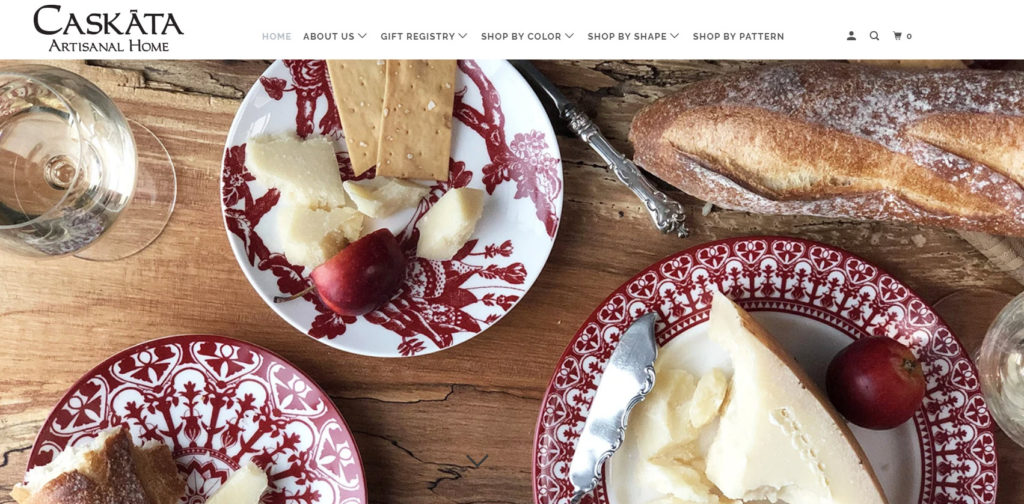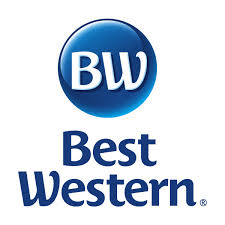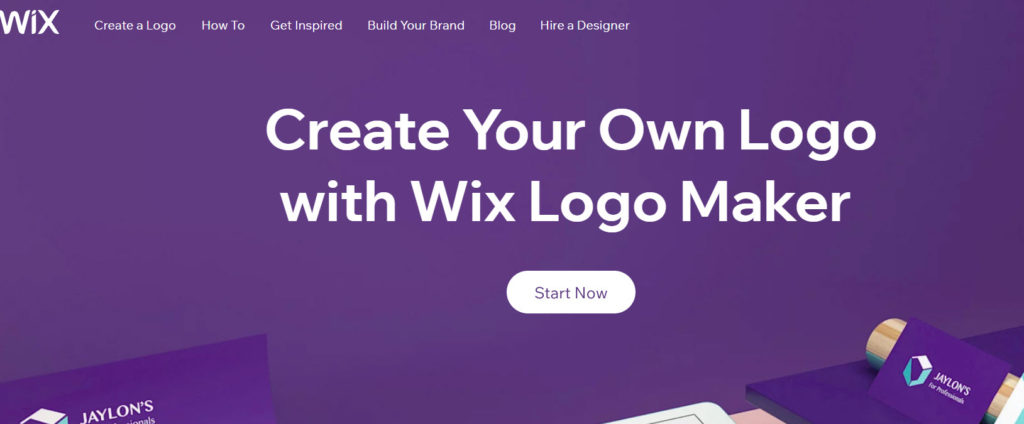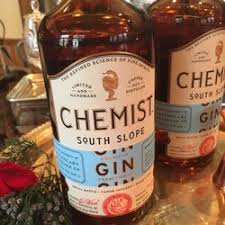Sneaker brands lack diff.
Do you have a favorite sneaker brand? What is it and why.
I love Converse Chuck Taylor All-Stars, though I have to look to see how you spell Taylor. Black, high tops. I like the style, the weight, the cost and for me they are a roots product. As for my basketball sneakers, frankly Scarlett I don’t give a damn. Probably more often than not I buy Nike, but that is more a function of what’s at the store. I want to pay $50-100, I want them to last and not smell after a few months (good luck with that) but my allegiances are not strong.
I watch a lot of sports. You’d think the advertising would have made an impression on me. I recognize the Michal Jordan logo and like Michael Jordan. That said, I have no interest in buying his shoes over any other. That’s like 50 billion dollars of advertising later. Why am I not a Nike or Jordan fan? You tell me. I suppose it is because they have not built anything meaningful in to the design, and patented it, that I care to invest in. They have a great creative shop in Wieden+Kennedy. The ad craft is wonderful (I still love Mars Blackman) however there is nothing as a consumer I can tell you from a product standpoint that differentiates the sneaker beside the logo. (Not like nfinity with its “designed for women” cheerleading sneaker, for instance.)
Do you have a favorite sneaker? If so, please tell me why. Peace!









